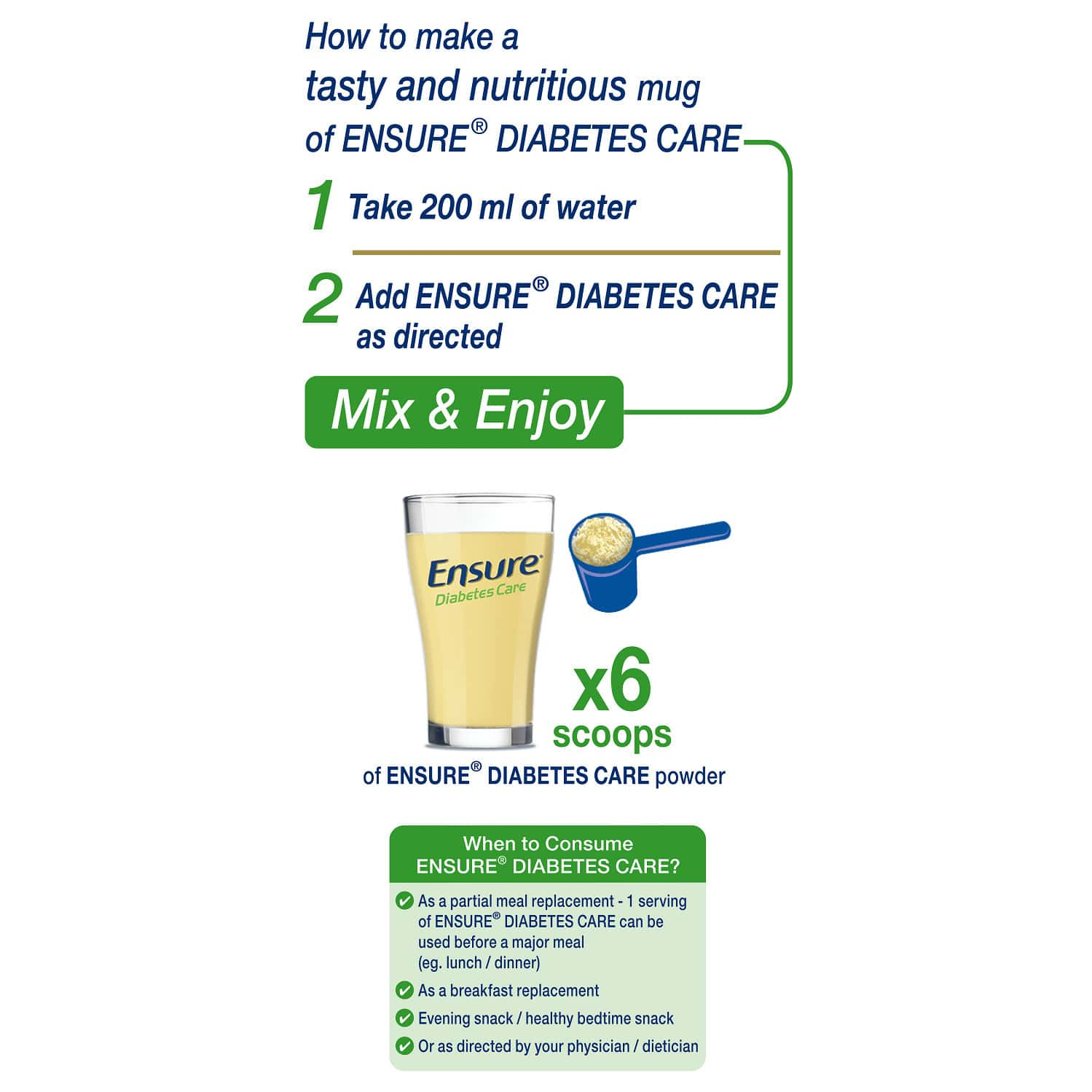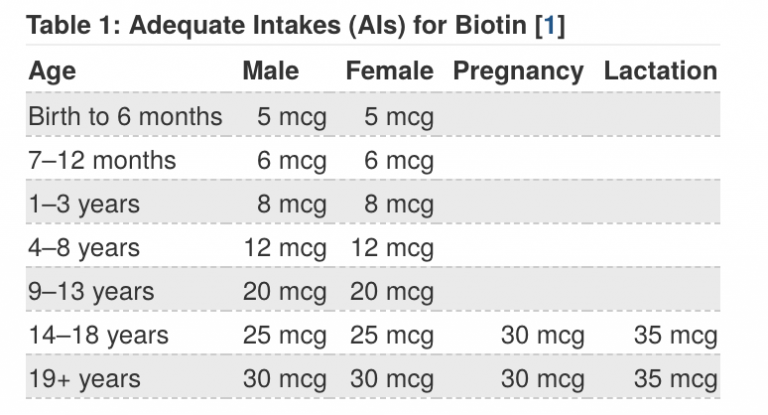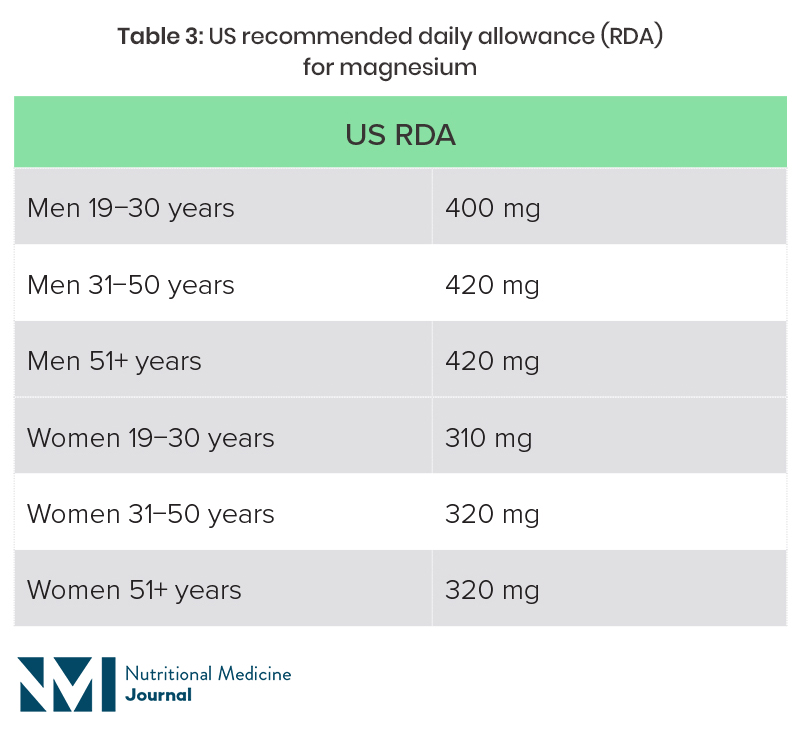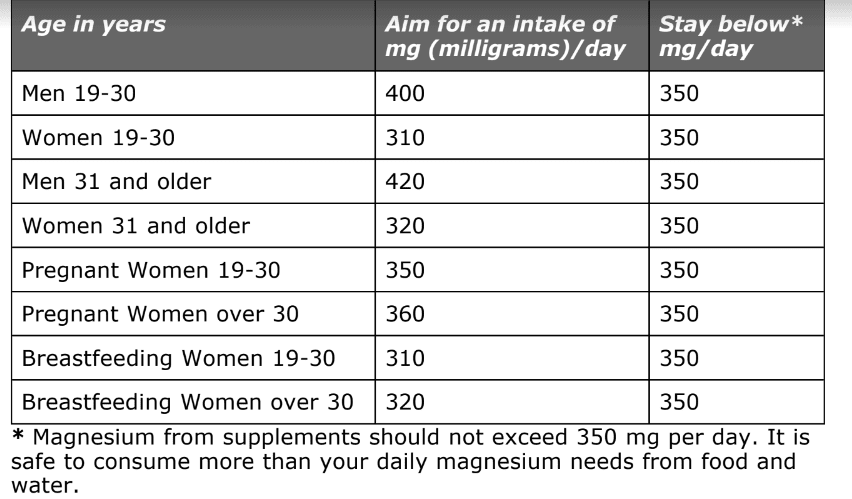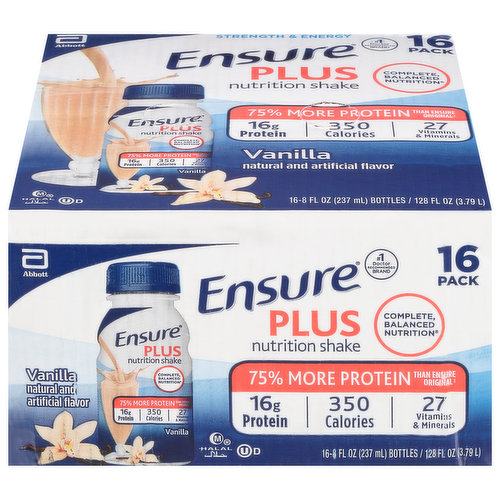Ensure Dosage Per Day For Adults

The human cost of medication errors, often silent and underestimated, continues to cast a long shadow over healthcare systems worldwide. From simple over-the-counter remedies to complex prescription drugs, ensuring accurate dosage per day for adults is a fundamental pillar of patient safety, yet one that frequently crumbles under systemic pressures and individual oversight. Lives are at stake, and the need for robust, accessible, and easily understood dosage guidelines is more critical than ever.
At the heart of this issue lies a complex interplay of factors: inadequate patient education, confusing prescription labels, the rising prevalence of polypharmacy (the simultaneous use of multiple drugs), and the sheer complexity of dosage calculations, especially in vulnerable populations. The consequences are far-reaching, from adverse drug reactions and hospitalizations to diminished quality of life and, tragically, preventable deaths. Experts are calling for a multi-pronged approach, involving improved communication between healthcare providers and patients, standardized labeling practices, and the wider adoption of technology-assisted dosage management systems.
The Scale of the Problem
Medication errors are a significant public health concern. The World Health Organization (WHO) estimates that medication errors cause harm to at least 1.5 million people each year in the United States alone. Many of these errors involve incorrect dosage, highlighting a systemic vulnerability in the medication administration process.
Data from the Institute for Safe Medication Practices (ISMP) further underscores the severity. Their research reveals that dosage errors are consistently among the top reported medication errors, particularly in hospital settings but also increasingly in outpatient care.
Contributing Factors to Dosage Errors
Patient Education and Health Literacy
A primary driver of dosage errors is a lack of understanding among patients regarding their medications. Many individuals struggle to interpret prescription labels, comprehend complex instructions, or remember dosage schedules, especially when managing multiple medications. Health literacy, the ability to understand and use health information, plays a crucial role in preventing errors.
Studies have shown a strong correlation between low health literacy and medication non-adherence and adverse drug events. Clear, concise, and culturally sensitive patient education materials are essential to bridge this gap.
Prescription Labeling and Communication
The clarity and consistency of prescription labels are paramount. However, labeling practices can vary widely, leading to confusion and errors. Ambiguous abbreviations, illegible handwriting, and poorly designed labels can all contribute to dosage mistakes.
Organizations like the United States Pharmacopeia (USP) are working to standardize labeling practices and promote the use of clear, unambiguous language. Pharmacists also play a vital role in counseling patients and ensuring they understand how to take their medications correctly.
Polypharmacy and Drug Interactions
The increasing prevalence of polypharmacy, particularly among older adults, poses a significant challenge to safe medication management. Individuals taking multiple medications are at higher risk for drug interactions and adverse effects, making accurate dosage calculation even more critical.
Dr. Emily Carter, a geriatrician at Johns Hopkins Hospital, emphasizes the importance of medication reconciliation. “Medication reconciliation is the process of comparing a patient's medication orders to all of the medications that the patient has been taking. This helps to avoid medication errors such as omissions, duplications, dosing errors, or drug interactions.”
Technology and Dosage Management Systems
Technology offers promising solutions for improving dosage accuracy. Electronic prescribing systems, automated dispensing machines, and mobile apps can help to reduce errors and improve patient adherence. These tools can automate dosage calculations, provide reminders, and alert healthcare providers to potential drug interactions.
However, technology is not a panacea. Effective implementation requires careful planning, training, and ongoing monitoring to ensure that these systems are used correctly and do not introduce new errors.
Addressing the Challenges: A Multi-Pronged Approach
Improving dosage accuracy requires a collaborative effort involving healthcare providers, patients, and policymakers. Key strategies include:
- Enhanced Patient Education: Providing clear, concise, and culturally sensitive information about medications, dosage schedules, and potential side effects.
- Standardized Labeling Practices: Implementing uniform labeling standards to reduce ambiguity and improve readability.
- Medication Reconciliation: Conducting thorough medication reconciliation at every transition of care.
- Technology-Assisted Dosage Management: Utilizing electronic prescribing systems, automated dispensing machines, and mobile apps to reduce errors and improve adherence.
- Pharmacist Counseling: Encouraging pharmacists to play a more active role in counseling patients and ensuring they understand how to take their medications safely.
"We need a systemic shift towards patient-centered care," states Dr. David Miller, a leading advocate for medication safety. "This means empowering patients to take an active role in their medication management and providing them with the tools and resources they need to do so safely."
Looking Ahead
The fight against medication errors, specifically dosage inaccuracies, is an ongoing battle. Continued research, innovation, and collaboration are essential to improve patient safety and prevent avoidable harm. Emphasis on improved communication, standardized practices, and the effective use of technology will pave the way for a future where medication dosages are consistently accurate, and patients are empowered to manage their health with confidence.
The journey towards a safer healthcare system demands unwavering commitment from all stakeholders. By prioritizing accuracy, transparency, and patient empowerment, we can create a future where medication errors are significantly reduced, and lives are saved.

